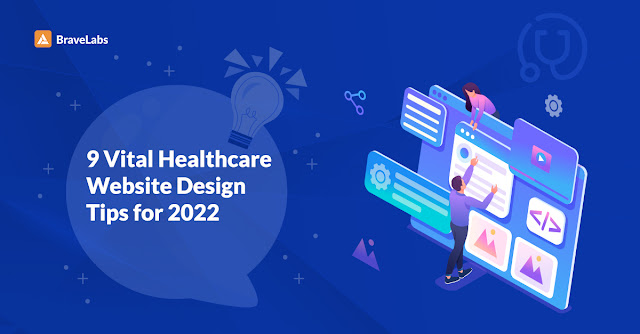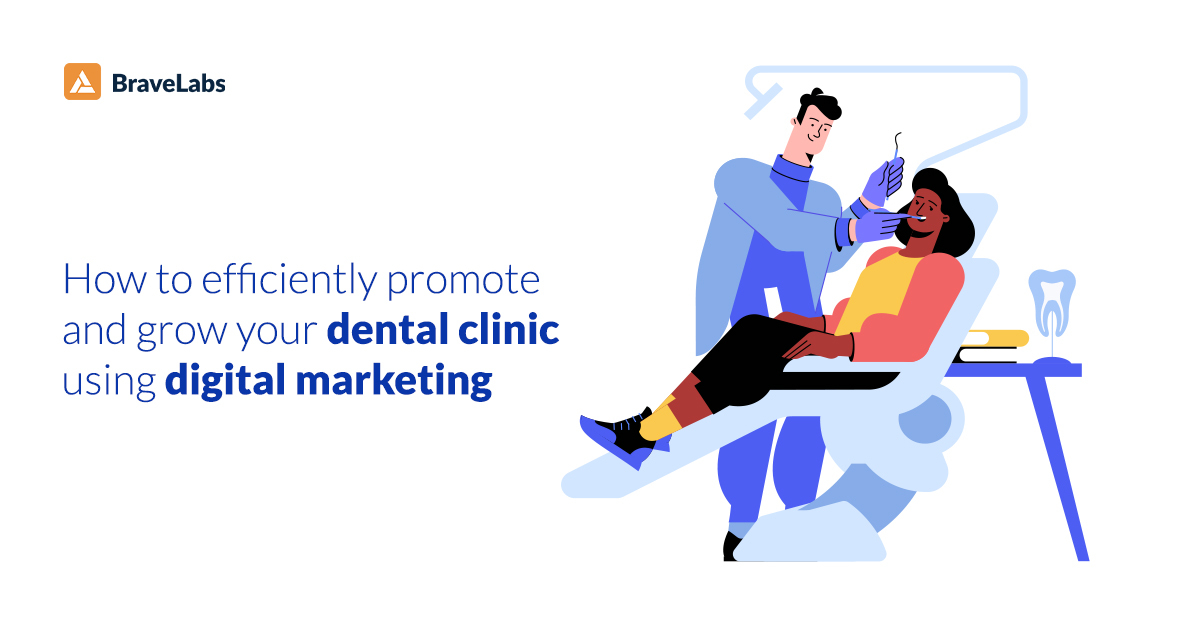9 Vital Healthcare Website Design Tips for 2022
Healthcare is shifting online and that’s why medical websites are quickly becoming the new front offices of the medical practice. Just like a shabby front office, a shabby website only serves to turn away customers and doesn’t help you in getting new patients.
Healthcare
website design is an essential part of any healthcare business. It can help you
attract more patients and grow your practice or business if done correctly.
Healthcare websites are important for attracting new patients, but it’s the
design that will make or break your website.
Healthcare
websites are more than just a place to find out about your services and
business hours. They’re also an opportunity to connect with patients and
provide them with the information they need so they can make informed decisions
about their healthcare needs.
If you want
to attract more patients, then it’s time to invest in a professional-looking
website design that reflects the quality of care you offer. The following tips
will show you how to create a successful healthcare website that will help you
achieve your goals.
Make sure
your healthcare website design is creative, yet professional
When you’re
designing a healthcare website, it’s important to keep in mind that the site
must be clear and easy to navigate. The design should be simple, but
professional.
To make sure
your website is both creative and user-friendly, consider this:
Use a good
color scheme—the right colors can help people feel relaxed while they look at
it. If there are too many bright colors on the page or none at all, then this
may cause stress for those who struggle with poor eyesight or color blindness.
Use strong
fonts—if you want people who have trouble reading text due to dyslexia or other
conditions such as autism spectrum disorder (ASD) or dyscalculia (difficulty
learning math), try using larger font sizes than usual so they’re easier to
read without straining their eyes too much.
Focus on
the user experience
The user
experience is critical to the success of your website. This can be achieved through
design and usability, but it also requires that you understand what users are
looking for when they visit a site. If you don’t know what they want, how can
you create something that meets their needs?
It’s
important to remember that people will have different expectations when using
your site than if they were using another one. For example, if someone comes
across an appointment booking website then they expect it to be quick and easy;
however, if someone were going onto yours after searching Google for nearby
doctors’ offices then there may be some changes made before getting started
(such as making sure everything is spelled correctly).
Use
high-quality images
With the
increased demand for content and the increase in the number of online visitors,
it’s important to use high-quality images. The image you choose should be
relevant to your industry, target audience, and message as well.
For example:
If you are selling healthcare products, then it would be wise to display
pictures of doctors or nurses instead of pictures of fruits or vegetables.
Mobile
responsiveness is essential
Mobile
responsiveness is essential. In a world where mobile users are the most
important, it’s vital that your website is mobile-friendly. What does this
mean? It means that if you have a high number of users on their phones and
tablets, they will be able to access your site without having to scroll through
several screens or pages full of text before they can find what they want. This
makes them more likely to convert into customers because they don’t have any
trouble finding what they need right away when visiting your website (and again
after visiting).
Additionally,
when people visit websites on their phones or tablets it’s also easier for them
to share links with others—and when those people share similar content back
onto social media platforms like Facebook and Twitter along with links back
towards yours (this can happen automatically), there’s even more potential for
growth from this source!
Your
website has to be updated regularly
Regular
updates are a must. Your website should be updated regularly to keep it fresh
and relevant, especially if you’re looking to attract new patients. It could be
as simple as adding new content or making some changes on the site, but if you
don’t do this regularly then people will stop visiting your site altogether
because it will feel old and outdated.
In general terms:
Update
content regularly – this includes blog posts, case studies, and other resources
that might not have been updated in a while; ensure they’re up-to-date with all
relevant information about your company/organization; make sure these are easy
for visitors to find by using keywords relevant within them (e.g., “How does
social media work?”); include links back into other pages on your site so users
can easily navigate between topics within each section (e.g., “Learn more
about…”).
Update design
elements like logos but also functions such as menus & navigation bars
which often change without notice so make sure they look good regardless of
whether new features were added recently or not!
Ensure
your contact information is visible and clear
The call to
action is the biggest opportunity for your website to get visitors engaged.
When you have a strong call-to-action, visitors are more likely to take action
and convert to your site.
Ensure your contact information is visible and clear. Your website should have
a clear, concise way to contact you. You want to make sure that visitors know
where they can go if they have questions or concerns about the services you
offer.
This includes
your address, phone number, email address, and any other relevant information
such as hours of operation or directions for getting there. If possible,
include a physical location (such as an office location) so people who are
interested in scheduling an appointment won’t need to look it up on Google Maps
first!
Use menus, buttons, and icons to make
navigation easy for users
Menus,
buttons, and icons are all tools that you can use to make navigation easy for
your users. A clear hierarchy is key to making sure your menu is easy to
understand. Use a single color for each level of the menu in order to help
users navigate it quickly without having to think too hard about what they’re
looking at.
If you want something
more dramatic (and flashy), consider using different colors for different
sections of the site so that it stands out from other elements on your page.
You should
also keep things clean when designing menus—no images here! This will help keep
things simple and focused on getting people where they need/want them most
efficiently without getting lost within them all over again later down the line
when there are options available yet again
Use
informative content with good white space. Don’t overcrowd your pages with text
Use
informative content with good white space. Don’t overcrowd your pages with
text. Use informative content and good white space to make your site more
engaging and readable, which will help you attract more users. Make sure that
the text on each page is not too small or large, so as to avoid straining
people’s eyes when they read it (and also making them irritated!).
Make sure
your design works well with your content marketing strategy
Content
marketing is a great way to get your message out to potential customers. It’s
also a great way to build trust with them, educate them and help them solve
problems.
When you’re
building a website, it’s important that the design works well with the content
marketing strategy of your company. If you have an extensive blog or social
media presence, then make sure all the elements of your site are in alignment
with this type of content:
Conclusion
We hope these tips help
you to develop a great healthcare website that attracts patients. The best part
of all this? You don’t have to be a web designer or developer—you can do it
yourself! Plus, with products like design software like Pixate and technology
such as Canva, anyone can create high-quality websites in minutes.
But if you’re looking for professional help with your healthcare website
design, then we have a name for you. BraveLabs, the medical clinic website
design agency, is aiding healthcare professionals and
facilities to get a facelift for the digital age. Contact us today to see what
the best medical websites for doctors look
like.


.jpg)

Comments
Post a Comment